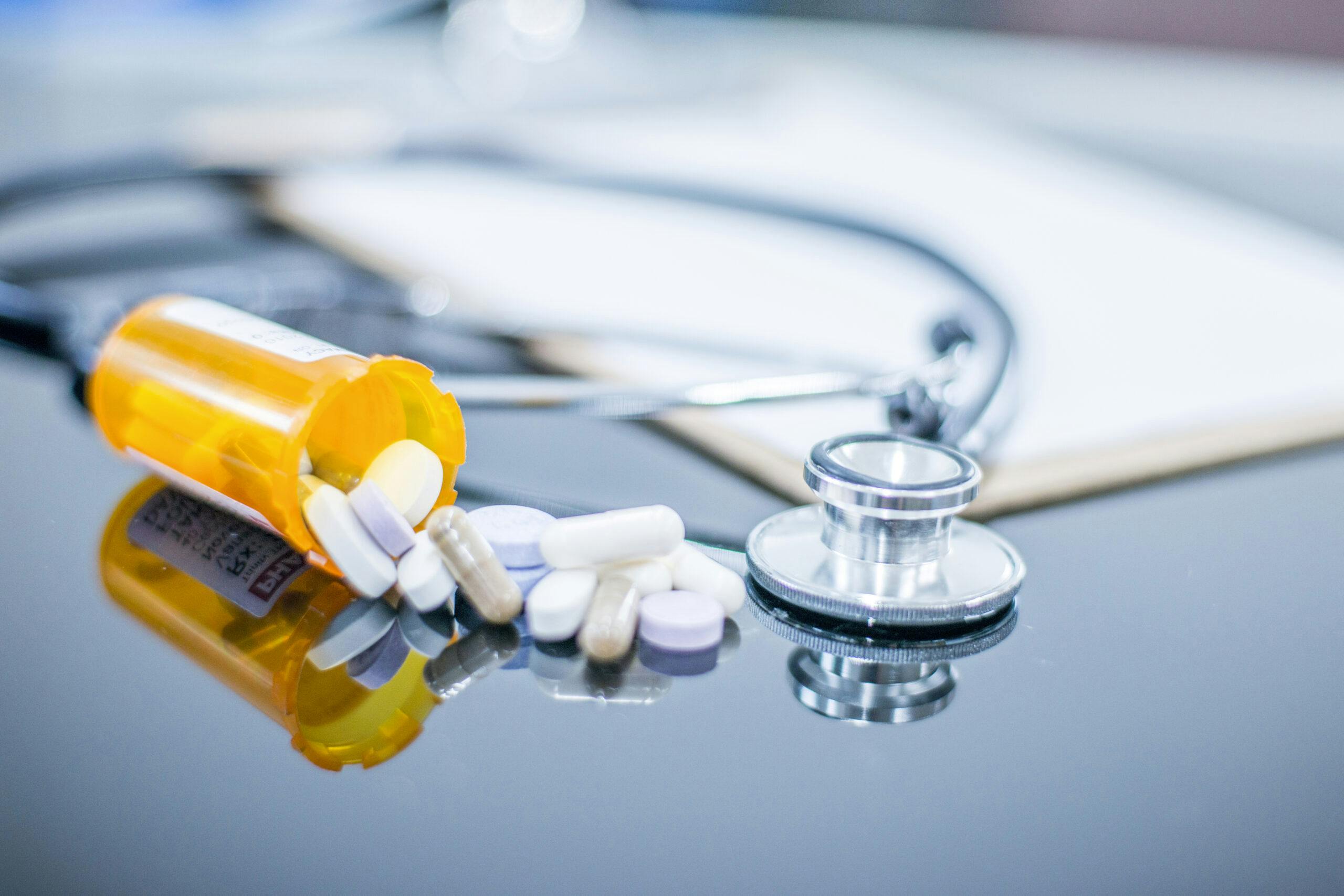What You Need to Know About Opioids Overdose
Opioids are a type of controlled substance that can assist with pain relief. Doctors commonly prescribe them to treat pain after an injury or surgery. Opioids can also be bought illegally. People who misuse opioids may take them in higher doses than prescribed, take them more often than they should, or take them without a prescription.
In the United States, opioid addiction is a public health crisis. Nearly 200 people a day die from an opioid overdose.
If you or someone you know is struggling with opioid addiction, it’s essential to be aware of the dangers and know what to do in case of an overdose on opioids.
Zinnia Health is committed to providing non-judgmental, compassionate care to those struggling with opioids addiction. We also provide support for families and loved ones. For treatment options, call our helpline 24/7 at (855) 430-9439.

Can You Overdose on Opioids?
Yes, you can overdose on opioids. Opioids act on the nervous system to relieve pain. They include prescription opioids, such as oxycodone and hydrocodone, and illicit opioids, such as heroin.
Opioids are highly addictive, and it is easy to overdose.
What to Do in An Emergency?
If you suspect someone close to you is overdosing on opioids, call 911 immediately.
Please call 911 right away to get help and advice for a person who is overdosing.
What Are the Treatment Options for an Opioid Overdose?
If left untreated, an opioid overdose can be fatal. To reverse opioid overdose, EMS workers will assess the person’s condition and provide supportive care, such as oxygen and IV fluids.
They may also administer a dose of naloxone, a medication that can reverse the effects of an opioid overdose. One way that naloxone is available is as a nasal spray with the brand name Narcan. If the person does not respond to naloxone, they may need to be hospitalized for further treatment.
In some cases, people who have overdosed on opioids may need to be placed on a ventilator.
Is an Opioid Overdose Dangerous?
Yes, an opioid overdose is dangerous. A person who overdoses on opioids may stop breathing altogether, leading to death.
When used recreationally, people often take more of the drug than they would if they were taking it for pain relief. This increases the risk of drug overdose deaths.
How Many Opioids Does It Take To Overdose?
The answer isn’t straightforward, as many factors can influence the risk of overdose. The strength of the opioid, the person’s tolerance, and how the drug is taken can all play a role.
However, even a small amount of opioids can be deadly.
What Are the Signs and Symptoms of an Opioid Overdose?
There are general signs of an opioid overdose. These include:
- Shallow or stopped breathing
- Slow heart rate
- Limp body
- Pale or blue skin
- Loss of consciousness or coma
Other Opioid Side Effect Complications
In addition to the dangers of addiction and overdose, there are many other potential complications associated with opioid use. According to the Centers for Disease Control and Prevention (CDC), opioids can also cause:
- Constipation, nausea, and vomiting
- Drowsiness, dizziness, and confusion
- Impaired judgment
- Respiratory depression
- Lowered levels of testosterone
- Itching and sweating
- Mental health problems like depression and anxiety
Zinnia Health offers treatment facilities to help people in all stages of recovery from substance abuse. They also provide individualized drug abuse treatment plans, which means that each person gets the care and support they need to succeed. Call our helpline 24/7 at (855) 430-9439 to get started.
What Increases The Risk of an Opioid Overdose?
Many factors can increase the risk of an opioid overdose. One is tolerance. As someone continues to use opioids, they will develop a tolerance to the drug, which means they will need to take larger and larger doses to achieve the same effect.
Tolerance increases the risk of an accidental overdose.
Another factor is using multiple drugs at the same time. This can be especially risky if one of the drugs is a depressant, such as alcohol or benzodiazepines.
Opioids are often mixed with other dangerous substances to increase their potency.
These substances include everything from rat poison to fentanyl, an extremely powerful synthetic opioid.
Why Does an Opioid Overdose Occur?
Opioid overdoses occur when a person takes too much of a drug that affects the nervous system, resulting in slowed breathing and heart rate.
Opioids include prescription pain relievers such as oxycodone and hydrocodone and illicit drugs such as heroin.
Overdoses can occur when a person takes more of the drug than their body can process, when they combine it with other substances that interact with opioids, or when they have a medical condition that makes them more vulnerable to the effects of the drug.
How to Tell If Someone Is on Opioids?
If you suspect someone you know has an opioid substance use disorder, there are some signs to look for.
- Pay attention to their mood. People who abuse opioids often seem depressed or anxious.
- Watch for changes in their behavior. People who are using opioids may start skipping work or school, engaging in criminal activity, or behaving recklessly.
- Observe their physical appearance. People using opioids may have slurred speech, constricted pupils, or slow reflexes.
Why Would Someone Take Opioids?
There are a few reasons why people take opioids.
- Opioids are very effective at relieving pain. They work by binding to receptors in the brain, reducing pain perception. This can be helpful for people suffering from chronic pain or recovering from an injury or surgery.
- Opioids can produce a feeling of euphoria, which can be appealing, especially to those struggling with depression or other mental health issues.
- Opioids are also relatively easy to obtain through prescription or illicit means. This accessibility makes them especially tempting for people who are struggling with addiction.
How to Help Someone With an Opioid Use Disorder?
Here are some ways you can help someone with an opioid use disorder:
- Educate yourself about the disease. Opioid addiction is a complex disease, and it’s essential to understand as much as you can about it.
- Help your loved one to find treatment. If you’re concerned that someone you care about may be struggling with an opioid use disorder, have a conversation with them about getting help. It’s important to remember that addiction is a disease, and stigmatizing language issuing or ultimatums may make it harder for your loved one to seek treatment.
- Support their decision to get help. If your loved one decides to seek treatment for an opioid use disorder, offer your support. This may mean helping them research treatment options or driving them to appointments. It’s also essential to understand if they stop taking medication-assisted treatment (MAT), such as methadone, or if they relapse. Recovery is a journey, and there will be bumps along the way.
Zinnia Health provides holistic care to people struggling with opioid addiction. We offer a variety of treatment programs, including individual and group counseling and medication-assisted treatment. If you or one of your family members is struggling with opioids, we encourage you to reach out to us. Call our helpline 24/7 at (855) 430-9439.
Related Articles

